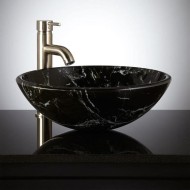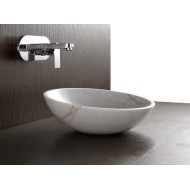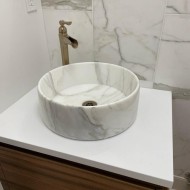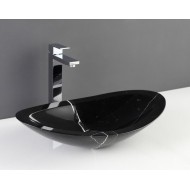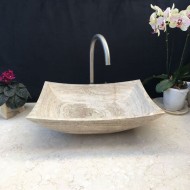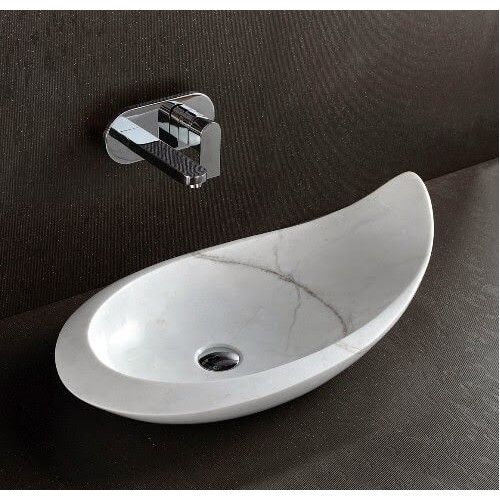
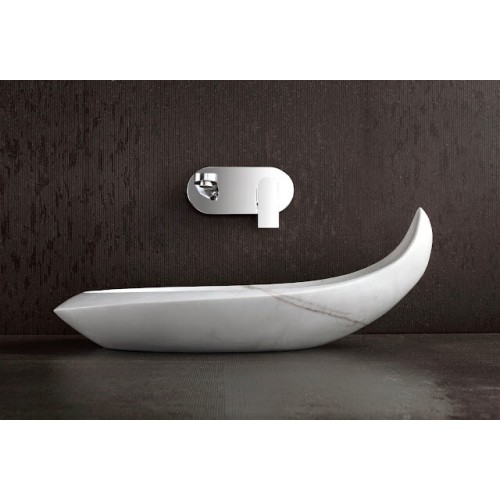
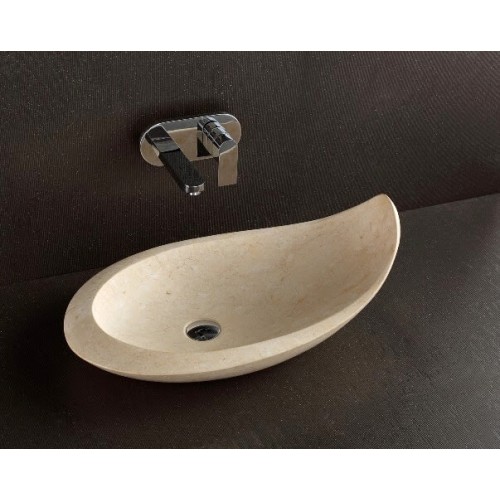
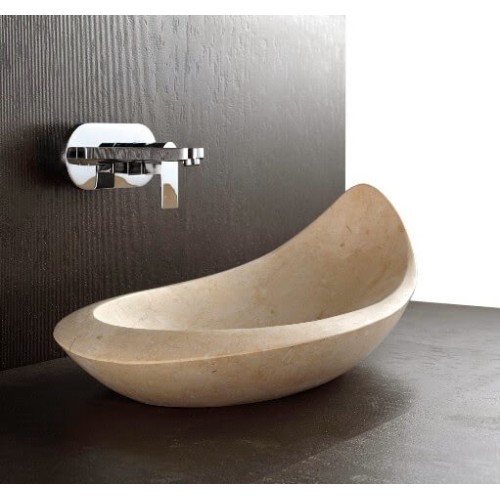
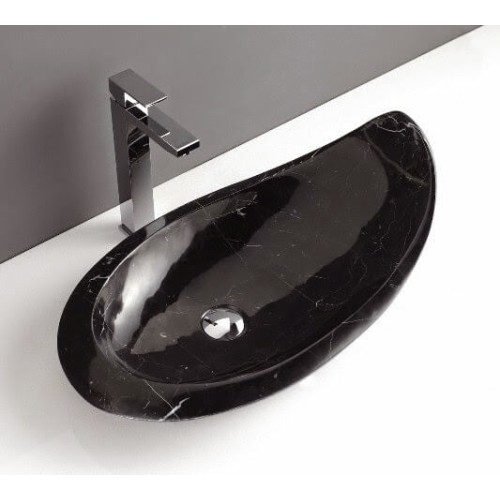
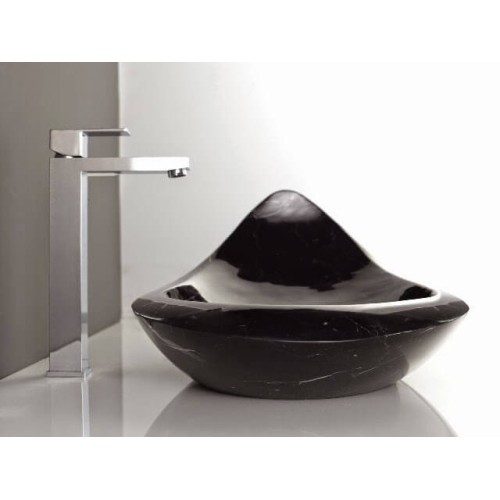
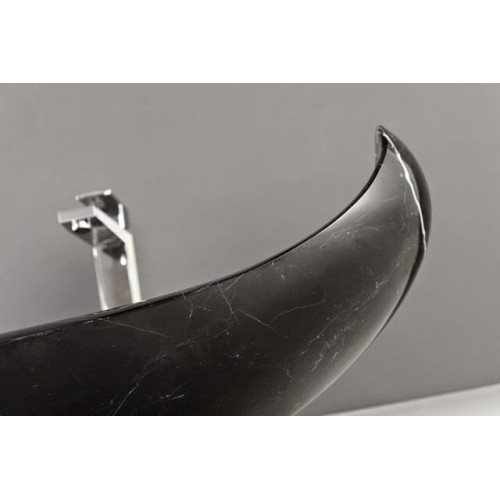
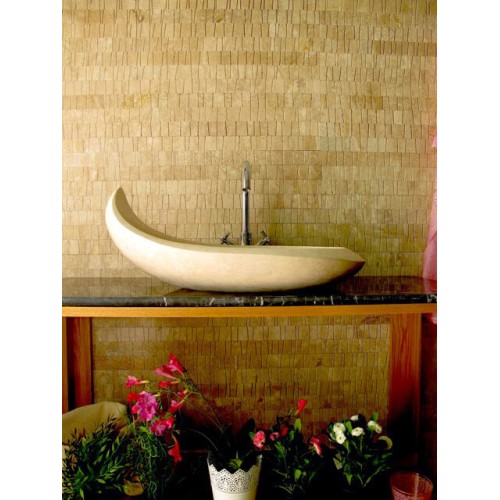










- Out of stock: + Shipping Cost
- Model: EVY001
- MARBLE
- PORCELAIN
- GRANITE
- METAL COLOR
CONTACT US FOR SPECIAL SIZE!
Granite Sinks: Combining Strength and Style
Types and Benefits of Granite Sinks
Key Points for Choosing a Granite Sink
Granite Sink: The Symbol of Durability, Aesthetics, and
Functionality in the Kitchen
A granite sink brings together durability and
elegance, making it an increasingly popular choice in modern kitchens. Offering
a robust alternative to traditional stainless steel sinks, granite sinks stand
out with their natural structure and aesthetic variety. This comprehensive
guide covers everything you need to know about granite sinks—features,
advantages, disadvantages, maintenance, price ranges, and what to consider when
choosing one. With this information, you can make a well-informed decision and
select a granite sink that will last in your kitchen for years to come.
What is a Granite Sink, and How is it Made?
A granite sink is a specialized sink made from
natural granite stone or a composite of granite particles combined with resin.
During manufacturing, granite dust is fused with high-durability polymers and
shaped in molds under high pressure to achieve a smooth, durable surface. The
final product, a granite sink, blends aesthetics with resilience,
providing strong resistance to scratches, impacts, and heat.
Key Features and Distinctions of Granite Sinks
A granite sink offers numerous benefits in terms of
both function and aesthetics. Here are some of the standout features:
- Durability:
The hard granite structure ensures that granite sinks are highly
resistant to scratches and impacts, suitable for everyday kitchen use.
- Heat
Resistance: These sinks can handle high temperatures, allowing for the
placement of hot pots and pans without damage.
- Scratch
and Stain Resistance: Thanks to its non-porous surface, it resists
stains from oils, food, or beverages, maintaining a fresh appearance for
years.
- Aesthetic
Variety: Available in natural tones like white, grey, black, and
brown, granite sinks fit any kitchen style, from modern to rustic.
- Noise
Reduction: Granite sinks are quieter than stainless steel sinks,
providing a more peaceful kitchen experience.
Advantages of Granite Sinks
Choosing a granite sink offers several significant
advantages for your kitchen:
- Longevity:
Due to the durable granite material, these sinks are resistant to wear and
tear, promising years of reliable use.
- Ease
of Cleaning: Non-porous surfaces are highly resistant to water spots,
lime scale, and grease, making daily cleaning straightforward.
- Color
and Texture Options: Granite sinks are available in a variety of
shades, blending beautifully with various kitchen decors.
- Value
Addition: Their aesthetic appeal and durability contribute to the
overall value of the kitchen and home.
- Natural
and Elegant Look: The refined appearance of natural granite provides
sophistication and style, adding a luxurious touch to any kitchen.
Disadvantages of Granite Sinks
As with any product, granite sinks have certain
disadvantages:
- Higher
Cost: Due to the material and production process, granite sinks are
generally more expensive than stainless steel alternatives.
- Heavy
Weight: Granite sinks are heavier than stainless steel ones, which may
require extra support during installation.
- Maintenance
Needs: Although highly durable, granite sinks benefit from regular
polishing to maintain their glossy appearance.
- Impact
Sensitivity: While resistant to general wear, they can crack or chip
if struck with excessive force.
Factors to Consider When Choosing a Granite Sink
Selecting the right granite sink involves considering
various aspects to ensure it complements your kitchen layout:
- Color
and Texture: Choose a color that harmonizes with your kitchen cabinets
and countertops for a cohesive design.
- Size
and Depth: Ensure the sink fits well within the countertop space and
meets your usage needs.
- Installation
Type: Granite sinks come in undermount and top-mount styles; choose
one that best suits your kitchen setup.
- Quality
and Brand: Opt for reputable brands to ensure durability and
longevity.
- Ease
of Cleaning: Consider models designed for easy cleaning and stain
resistance.
Maintenance Tips for Granite Sinks
To retain their beautiful look and durability, granite
sinks require some regular care:
- Daily
Cleaning: Wipe with a soft sponge and warm water daily. Avoid abrasive
cleaners to preserve the surface.
- Regular
Polishing: Polishing periodically helps maintain the sink’s luster and
keeps it looking new.
- Care
with Chemicals: Avoid harsh chemicals, as these can damage the granite
surface; use natural cleaners when possible.
- Scale
and Stain Prevention: Applying lime scale preventatives can help
protect the surface’s appearance over time.
Granite Sink Prices and Factors Affecting Costs
The price of a granite sink varies widely depending
on several factors:
- Material
Quality: Natural granite generally costs more than synthetic granite,
as it offers superior durability.
- Brand
and Origin: Imported granite sinks and well-known brands may cost more
than locally made models.
- Size
and Depth: Larger or deeper models are generally more expensive than
smaller, shallower ones.
- Additional
Features: Features like anti-scratch coatings, antibacterial surfaces,
or enhanced waterproofing can also affect the price.
On average, a mid-range granite sink may cost between $150
and $400, while luxury models can go well above $500.
Types of Granite Sinks
Granite sinks come in various models suited to
different kitchen layouts and preferences:
- Single-Bowl
Granite Sinks: Ideal for smaller kitchens, these save space while
maintaining durability and style.
- Double-Bowl
Granite Sinks: Popular in spacious kitchens, allowing you to multitask
with ease.
- Corner
Sinks: Positioned at kitchen corners, these are ergonomic and maximize
counter space.
- Undermount
Granite Sinks: Ideal for modern kitchens, providing a seamless and
clean appearance.
In Conclusion: A Granite Sink Adds Value to Your Kitchen
In summary, a granite sink combines the durability of natural stone with elegant aesthetics, adding long-term value to any kitchen. When selecting a granite sink, consider factors like color, size, and quality to ensure it fits seamlessly with your kitchen design. With proper care and maintenance, your granite sink will maintain its appearance and strength, becoming a lasting and stylish asset to your home.
















